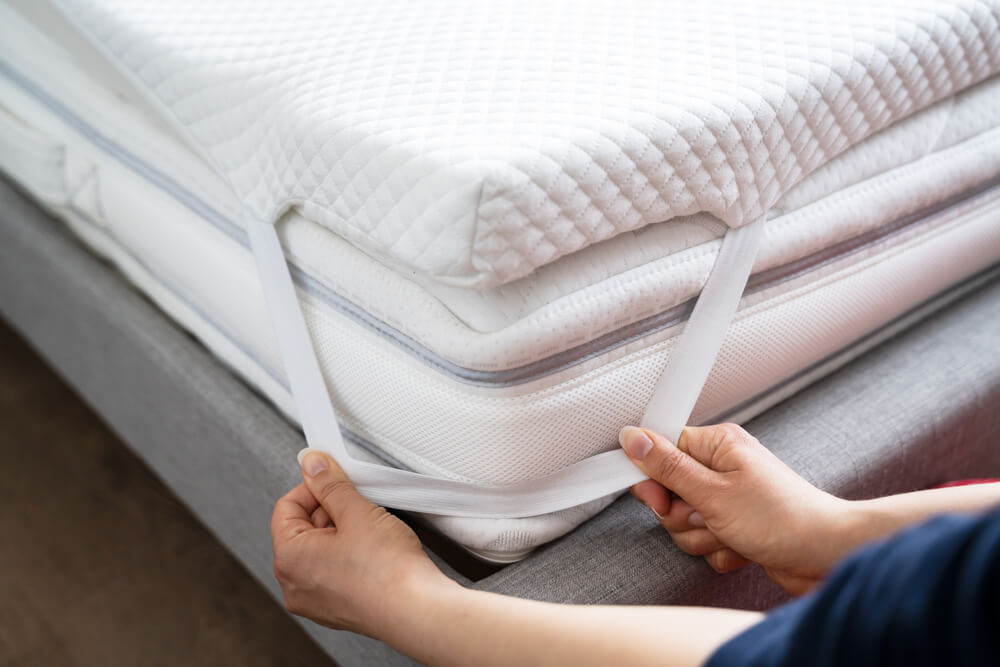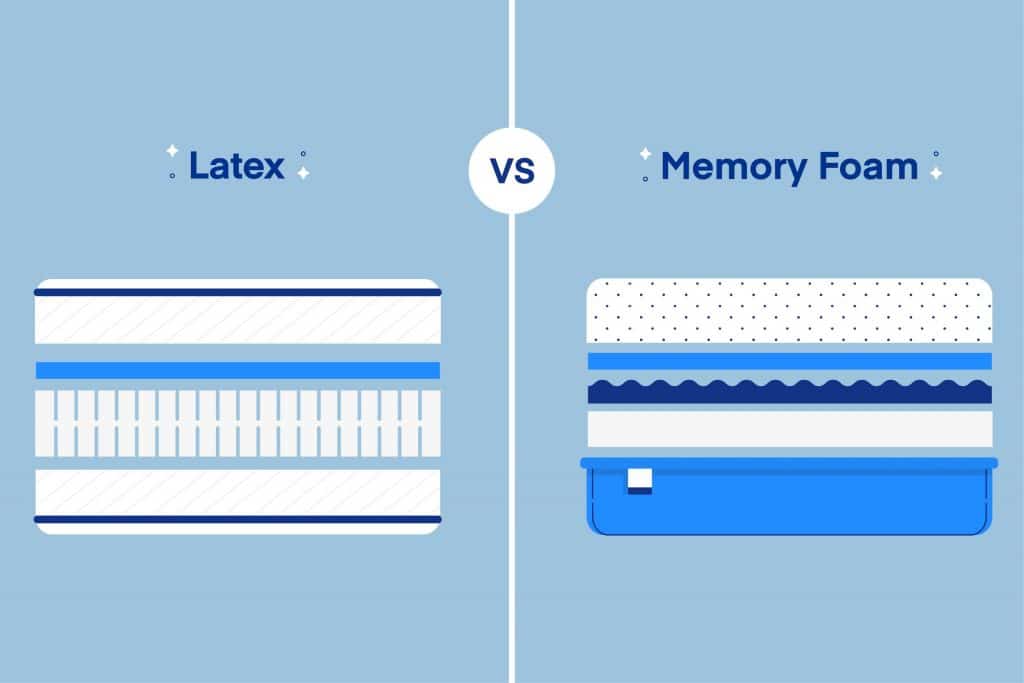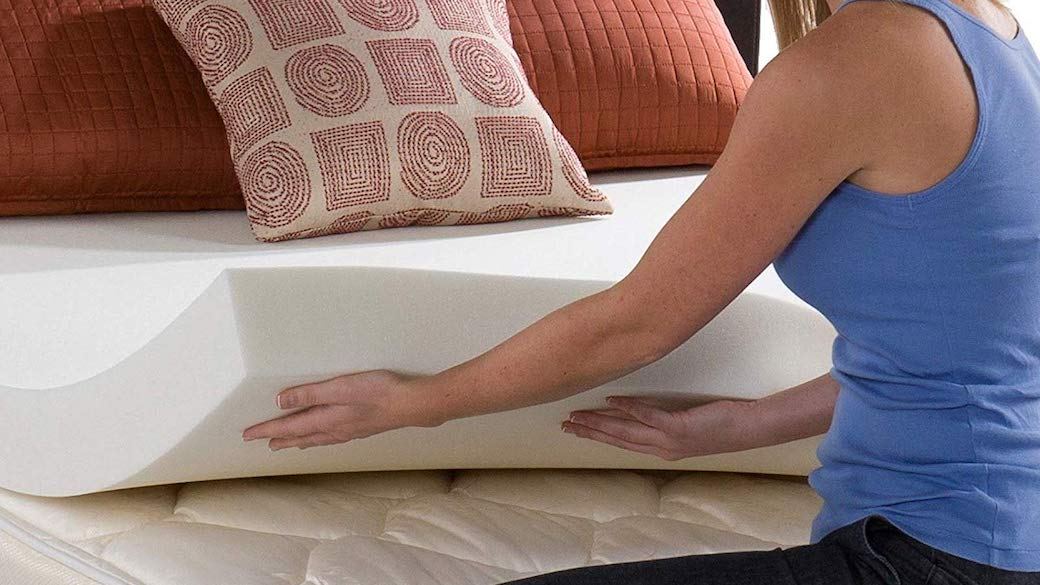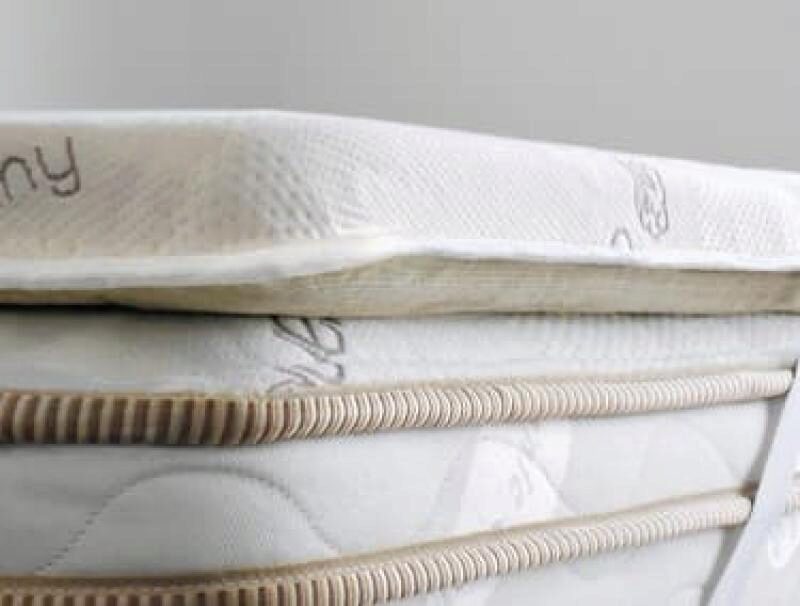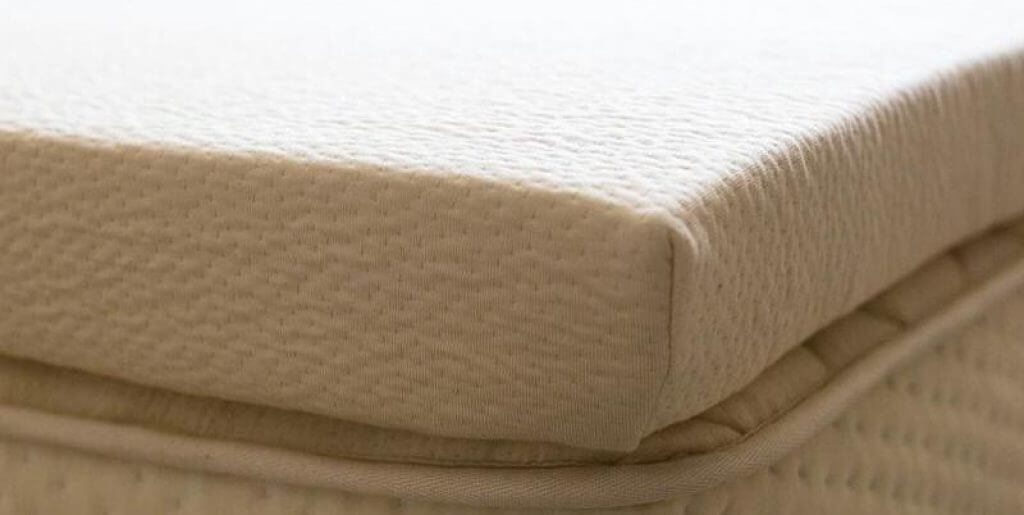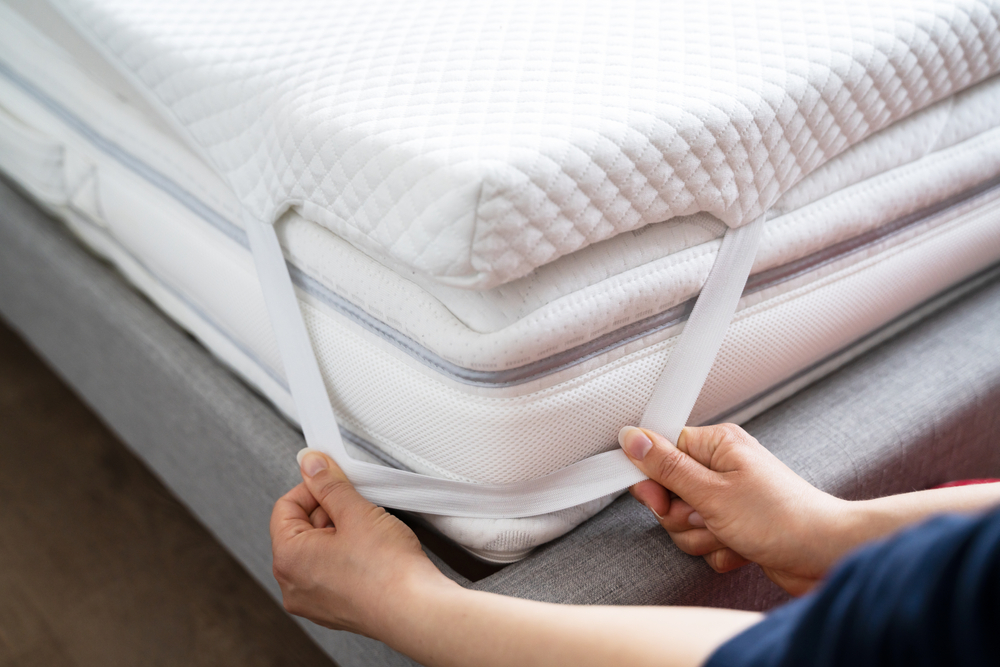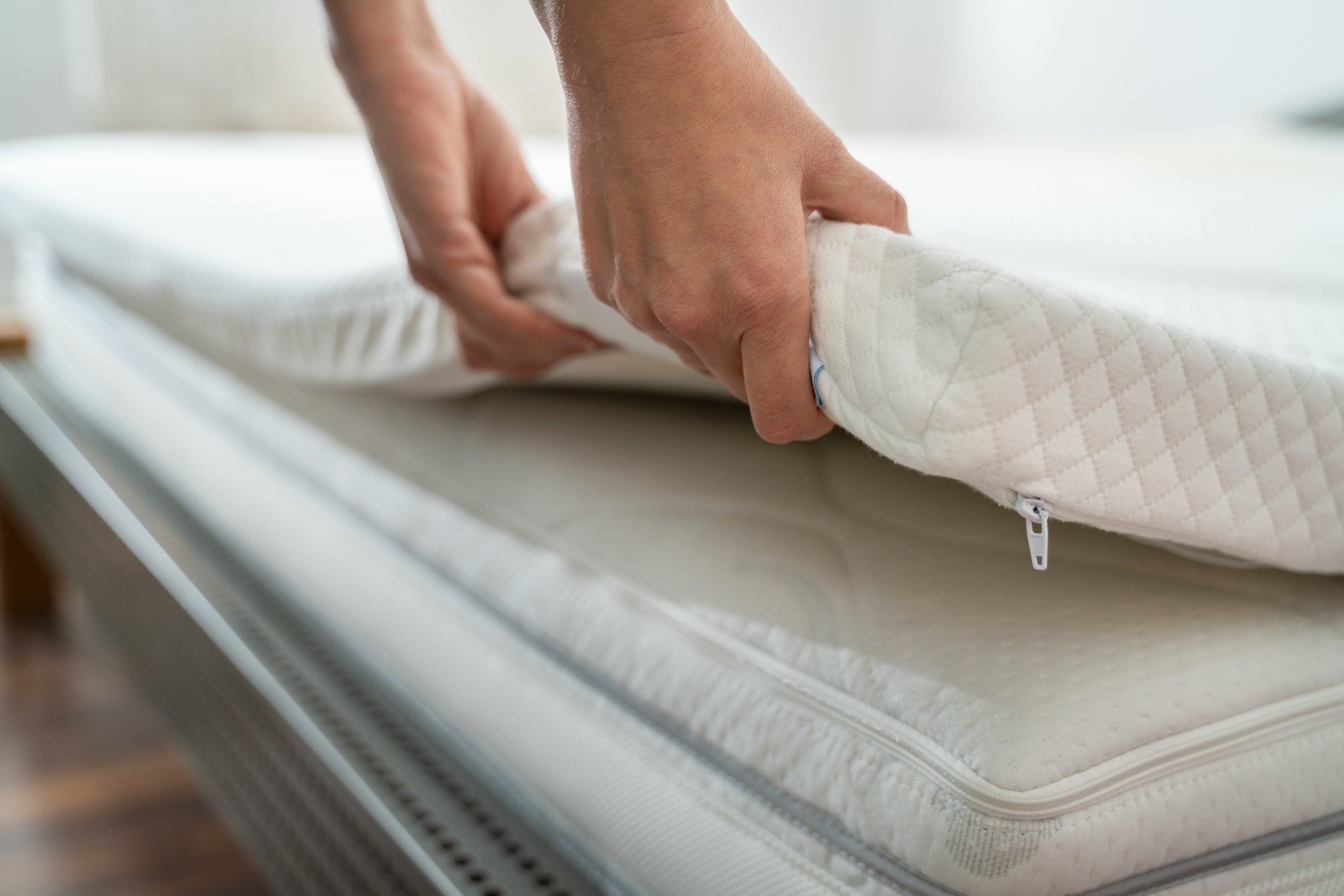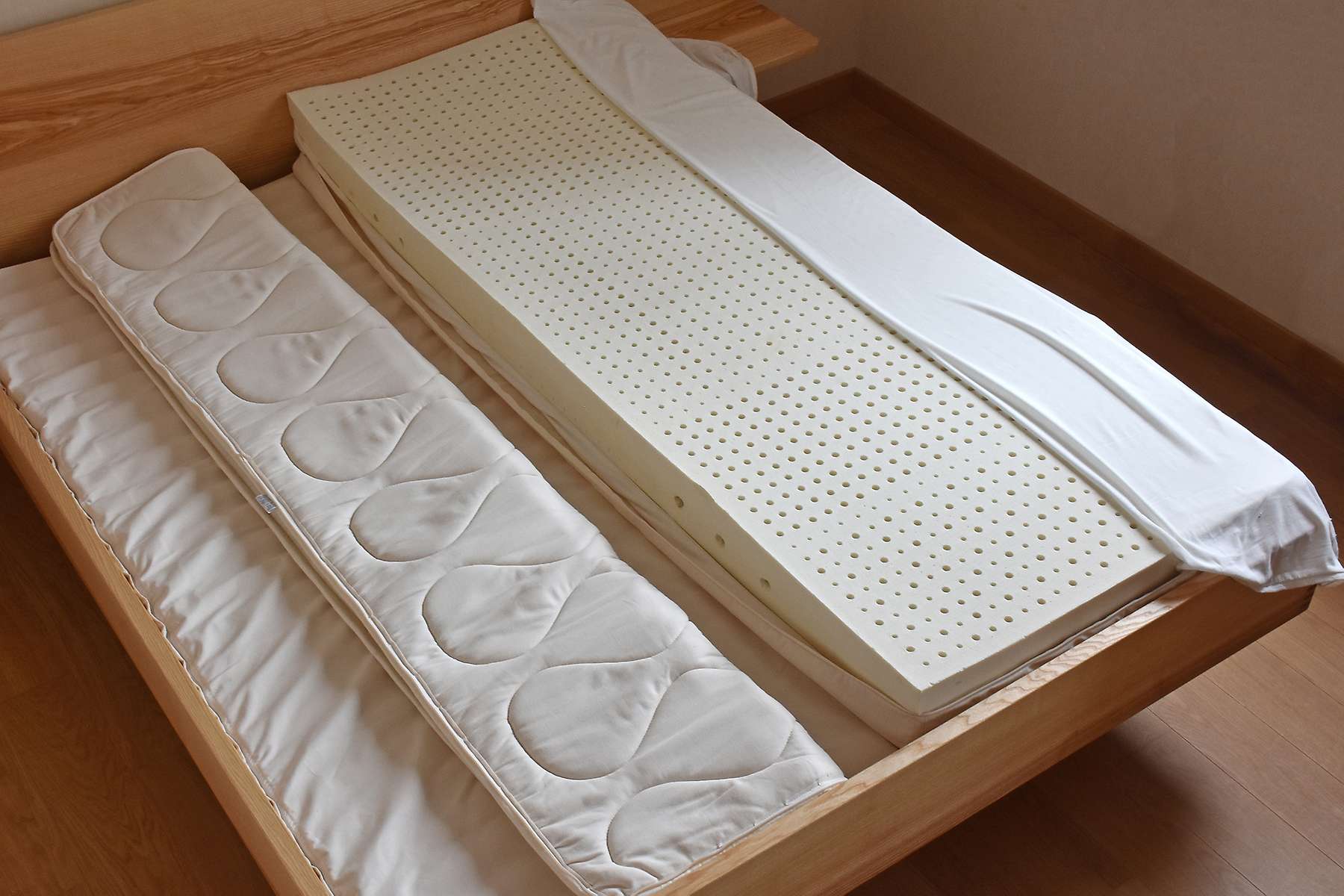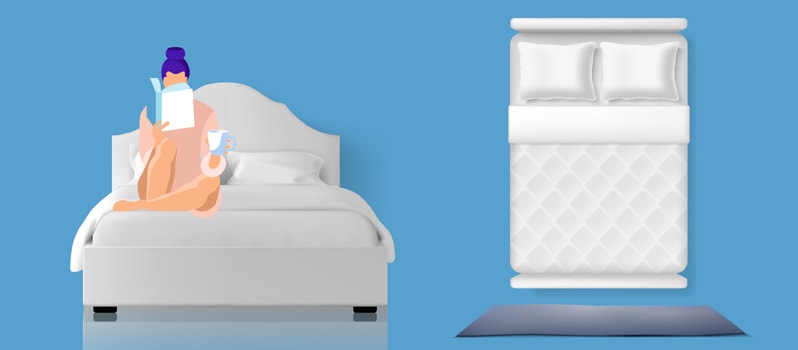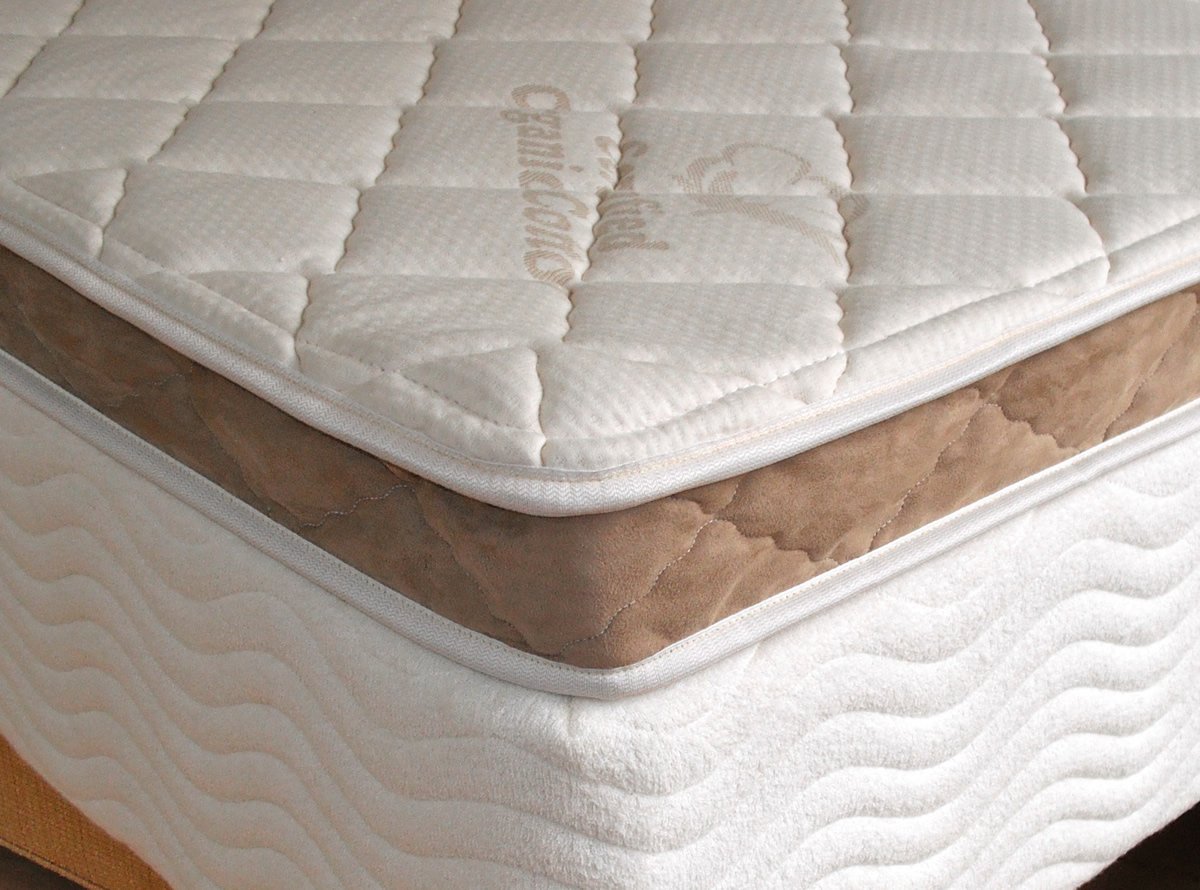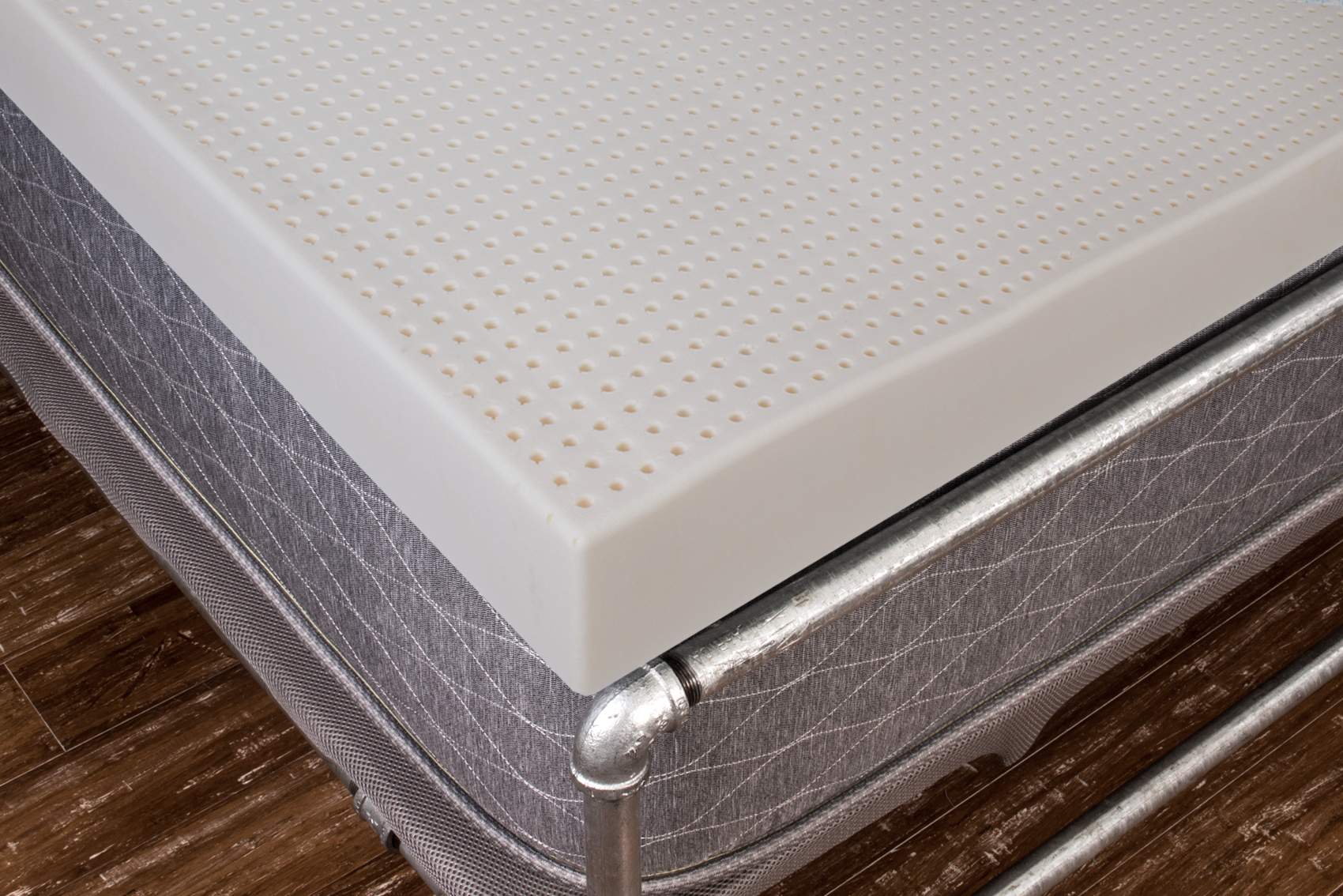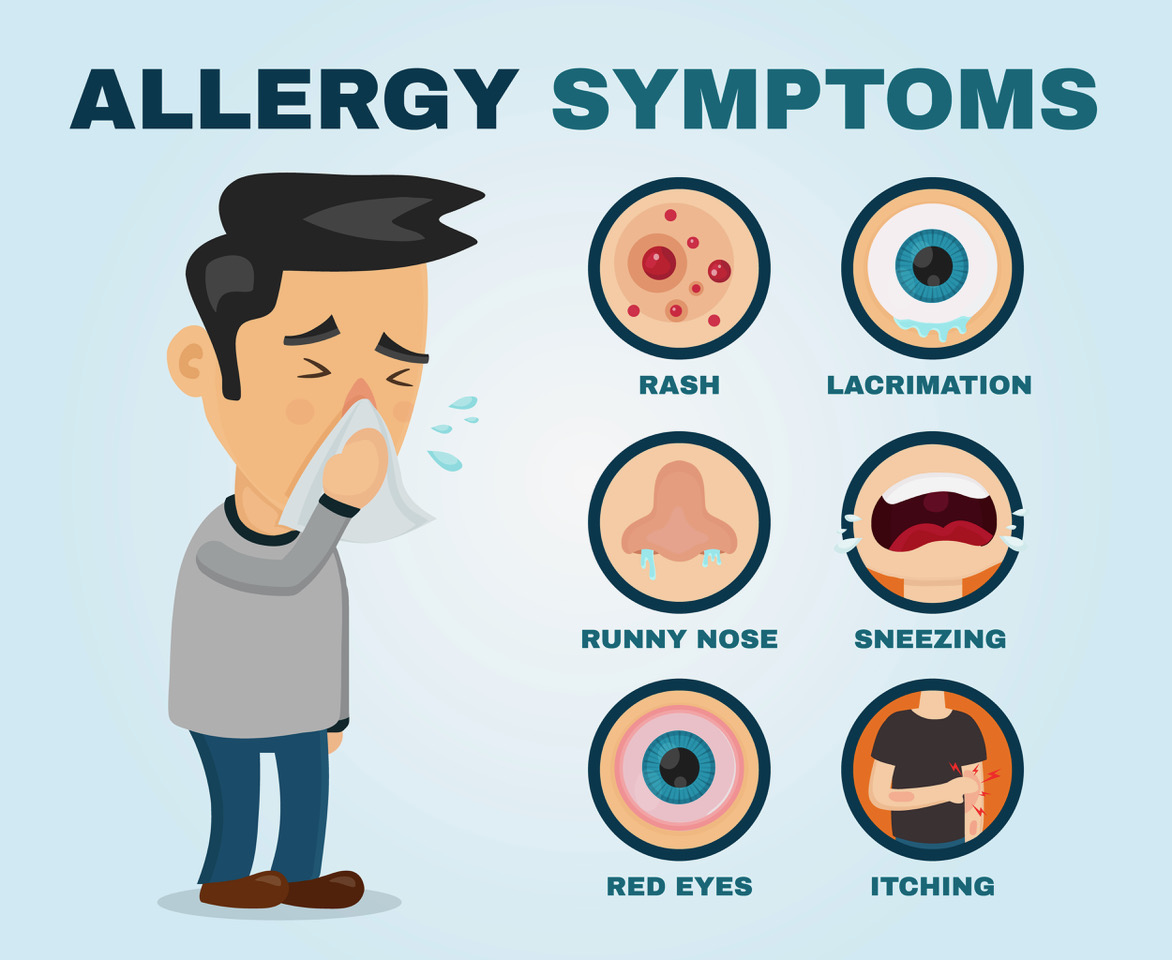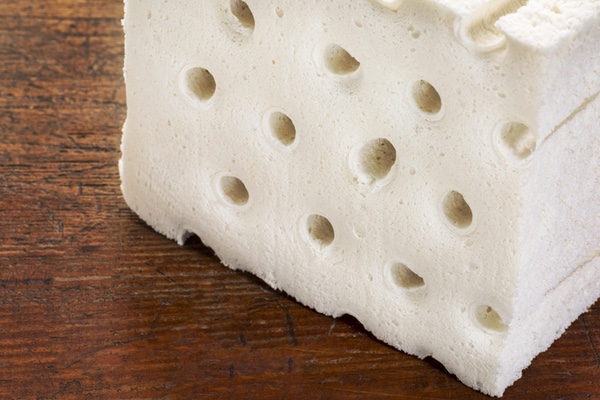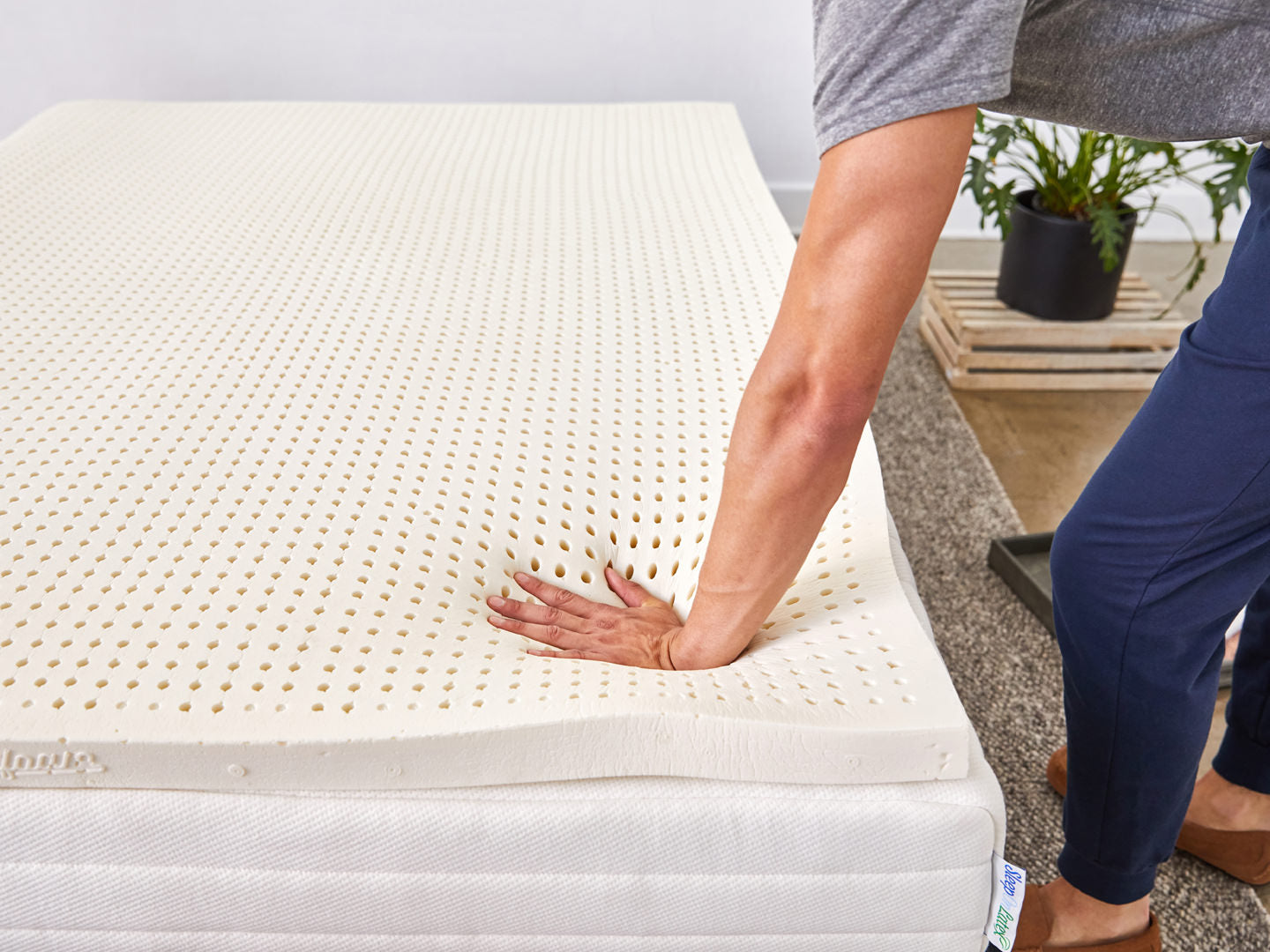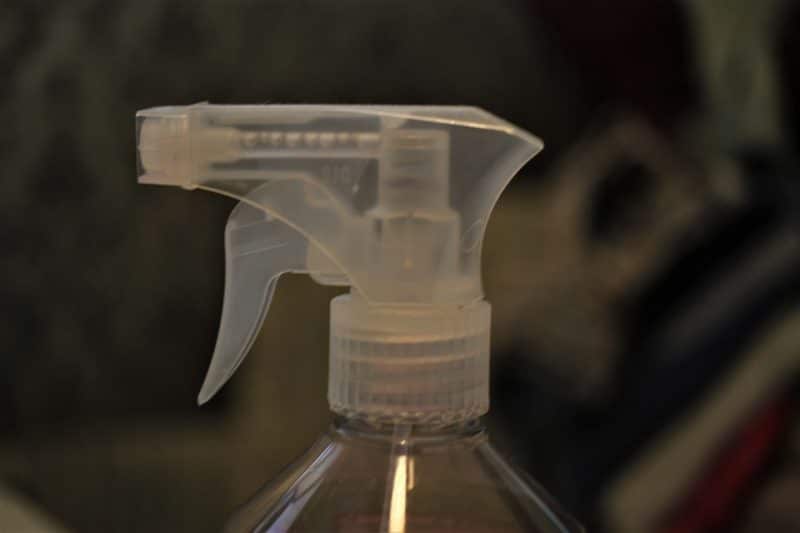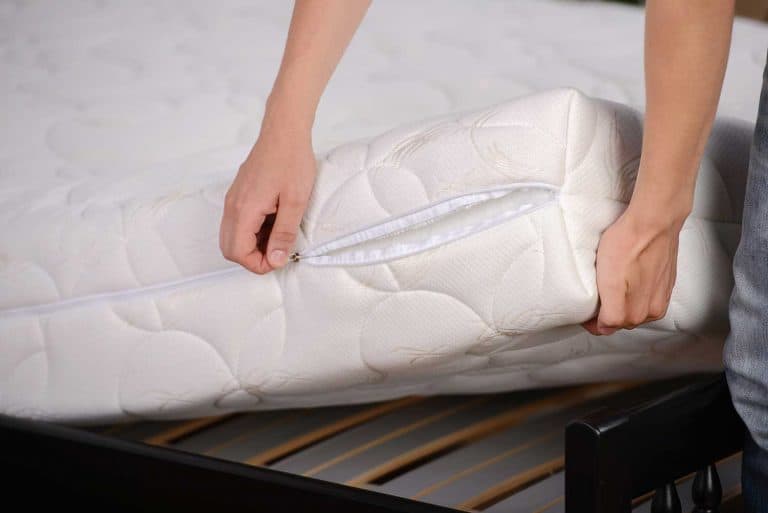Latex mattress toppers are made from natural or synthetic latex material. Natural latex is derived from the sap of rubber trees, while synthetic latex is made from petroleum-based chemicals. Both types of latex are then processed and molded into a foam material to create the mattress topper.What Are Latex Mattress Toppers Made Of?
Latex mattress toppers are generally considered safe for use. However, it is important to note that some people may be sensitive or allergic to latex material. If you have a latex allergy, it is best to avoid using a latex mattress topper and opt for a different type of topper instead.Latex Mattress Toppers: Are They Safe?
Natural latex mattress toppers are considered to be more environmentally friendly compared to synthetic latex toppers. Natural latex is a renewable resource and is biodegradable, making it a more sustainable choice. However, the processing of latex can still have an environmental impact, so it is important to look for certifications such as GOLS (Global Organic Latex Standard) or GOTS (Global Organic Textile Standard) when purchasing a natural latex mattress topper.Are Latex Mattress Toppers Environmentally Friendly?
Latex mattress toppers and memory foam toppers are both popular choices for adding comfort and support to a mattress. However, there are some key differences between the two. Latex is a more responsive material, meaning it bounces back quickly and provides more support. Memory foam, on the other hand, is known for its contouring properties and can relieve pressure points. Ultimately, the choice between the two will depend on personal preference and individual needs.How Do Latex Mattress Toppers Compare to Memory Foam?
Latex mattress toppers are often recommended for people with back pain due to their supportive nature. The natural elasticity of latex can help to relieve pressure on the spine and provide a more comfortable sleeping surface. However, it is important to note that the level of support and comfort will vary depending on the firmness of the topper and the individual's specific needs.Are Latex Mattress Toppers Good for Back Pain?
New latex mattress toppers may have a slight odor upon first use, but this is usually temporary and will dissipate over time. The odor is caused by the off-gassing of natural compounds used in the manufacturing process. To minimize any potential odor, it is best to let the topper air out and fully expand before using it.Do Latex Mattress Toppers Have an Odor?
Latex mattress toppers are often touted as being hypoallergenic because they are resistant to dust mites and mold. However, as mentioned earlier, some people may have a latex allergy, so it is important to check for any sensitivities before using a latex topper.Are Latex Mattress Toppers Hypoallergenic?
For people with a latex allergy, using a latex mattress topper can cause allergic reactions such as skin irritation, sneezing, and difficulty breathing. This is why it is important to know if you have a latex allergy before purchasing a latex topper. If you experience any allergic reactions, it is best to stop using the topper immediately and seek medical advice.Can Latex Mattress Toppers Cause Allergic Reactions?
Latex mattress toppers are known for their durability and can last for several years with proper care. Natural latex toppers are usually more durable compared to synthetic latex toppers. It is important to follow the manufacturer's instructions for care and maintenance to ensure the longevity of the topper.Are Latex Mattress Toppers Durable?
To clean a latex mattress topper, it is recommended to spot clean any spills or stains using a mild detergent and warm water. Avoid using harsh chemicals or excessive water as this can damage the latex material. It is also important to regularly rotate and air out the topper to prevent any build-up of moisture and odors.How Do You Clean a Latex Mattress Topper?
Are Latex Mattress Toppers Toxic?

The Truth About Latex Mattress Toppers
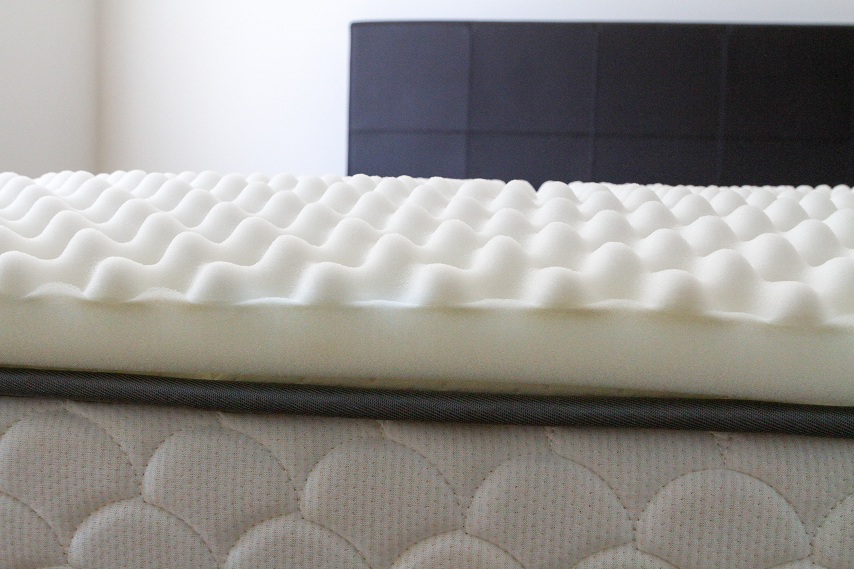 Latex mattress toppers have become increasingly popular in recent years due to their many benefits, such as providing added support and comfort to your existing mattress. However, there has been some concern raised about the potential toxicity of these toppers. Let’s take a closer look at the truth behind these claims.
Latex
is a natural material derived from the sap of the rubber tree. It is known for its elasticity, durability, and ability to provide pressure relief. However, there are two types of latex used in mattress toppers – natural and synthetic. Synthetic latex is made from chemicals and can potentially contain harmful substances, whereas natural latex is free from synthetic materials and is considered safe for use.
Latex mattress toppers have become increasingly popular in recent years due to their many benefits, such as providing added support and comfort to your existing mattress. However, there has been some concern raised about the potential toxicity of these toppers. Let’s take a closer look at the truth behind these claims.
Latex
is a natural material derived from the sap of the rubber tree. It is known for its elasticity, durability, and ability to provide pressure relief. However, there are two types of latex used in mattress toppers – natural and synthetic. Synthetic latex is made from chemicals and can potentially contain harmful substances, whereas natural latex is free from synthetic materials and is considered safe for use.
The Potential for Toxicity
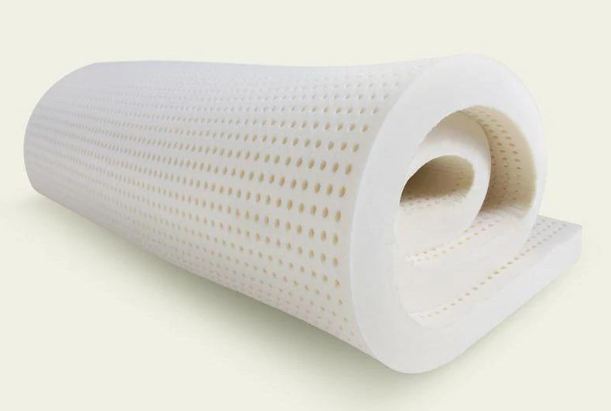 Some people have raised concerns that
latex
mattress toppers may emit volatile organic compounds (VOCs), which are chemicals that can be harmful to human health. However, studies have shown that natural latex toppers have low levels of VOCs and are unlikely to cause any adverse effects. In fact, natural latex is hypoallergenic and resistant to dust mites, making it an excellent choice for those with allergies.
Another concern is the use of chemicals in the production of latex toppers. While it is true that some manufacturers may use chemicals in the production process, reputable companies will use eco-friendly and non-toxic methods. It is essential to do your research and choose a trusted brand when purchasing a latex mattress topper.
Some people have raised concerns that
latex
mattress toppers may emit volatile organic compounds (VOCs), which are chemicals that can be harmful to human health. However, studies have shown that natural latex toppers have low levels of VOCs and are unlikely to cause any adverse effects. In fact, natural latex is hypoallergenic and resistant to dust mites, making it an excellent choice for those with allergies.
Another concern is the use of chemicals in the production of latex toppers. While it is true that some manufacturers may use chemicals in the production process, reputable companies will use eco-friendly and non-toxic methods. It is essential to do your research and choose a trusted brand when purchasing a latex mattress topper.
The Certifications to Look For
 To ensure that your latex mattress topper is free from harmful substances, look for
certifications
such as OEKO-TEX Standard 100 or Global Organic Latex Standard (GOLS). These certifications guarantee that the product has been tested and does not contain any harmful chemicals.
Additionally, it is important to note that the majority of latex mattress toppers are made from a combination of natural and synthetic latex. While this may not be a concern for most people, those with sensitivities to chemicals may want to opt for a 100% natural latex topper.
To ensure that your latex mattress topper is free from harmful substances, look for
certifications
such as OEKO-TEX Standard 100 or Global Organic Latex Standard (GOLS). These certifications guarantee that the product has been tested and does not contain any harmful chemicals.
Additionally, it is important to note that the majority of latex mattress toppers are made from a combination of natural and synthetic latex. While this may not be a concern for most people, those with sensitivities to chemicals may want to opt for a 100% natural latex topper.
The Bottom Line
 In conclusion,
latex
mattress toppers are not inherently toxic. It is crucial to choose a high-quality topper made from natural latex and produced using eco-friendly methods. Look for certifications and do your research on the manufacturer before making a purchase. With the right choice, a latex mattress topper can provide many benefits and improve your overall sleep quality.
In conclusion,
latex
mattress toppers are not inherently toxic. It is crucial to choose a high-quality topper made from natural latex and produced using eco-friendly methods. Look for certifications and do your research on the manufacturer before making a purchase. With the right choice, a latex mattress topper can provide many benefits and improve your overall sleep quality.

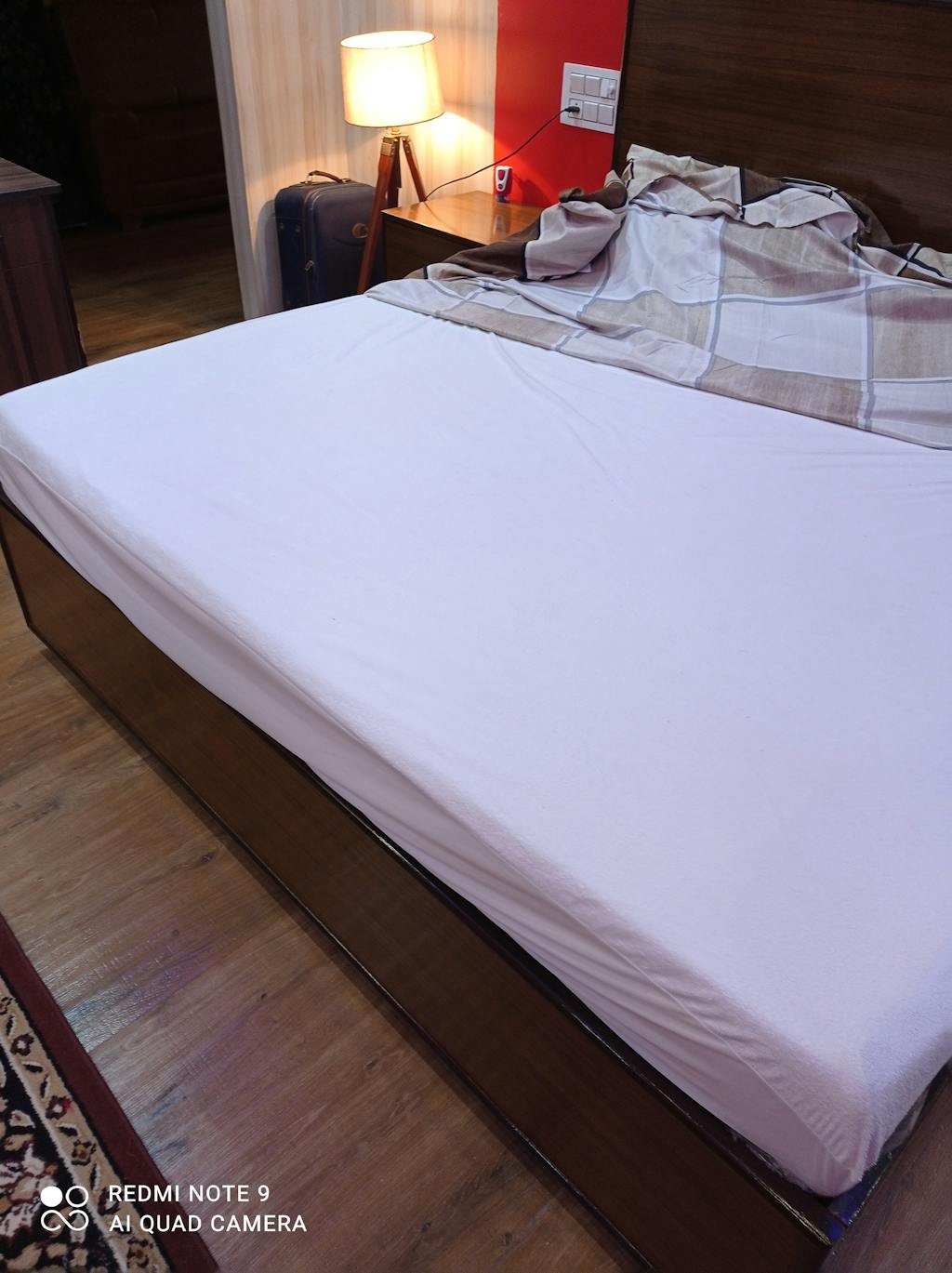

:max_bytes(150000):strip_icc()/SleeponLatex-b287d38f89374e4685ab0522b2fe1929.jpeg)
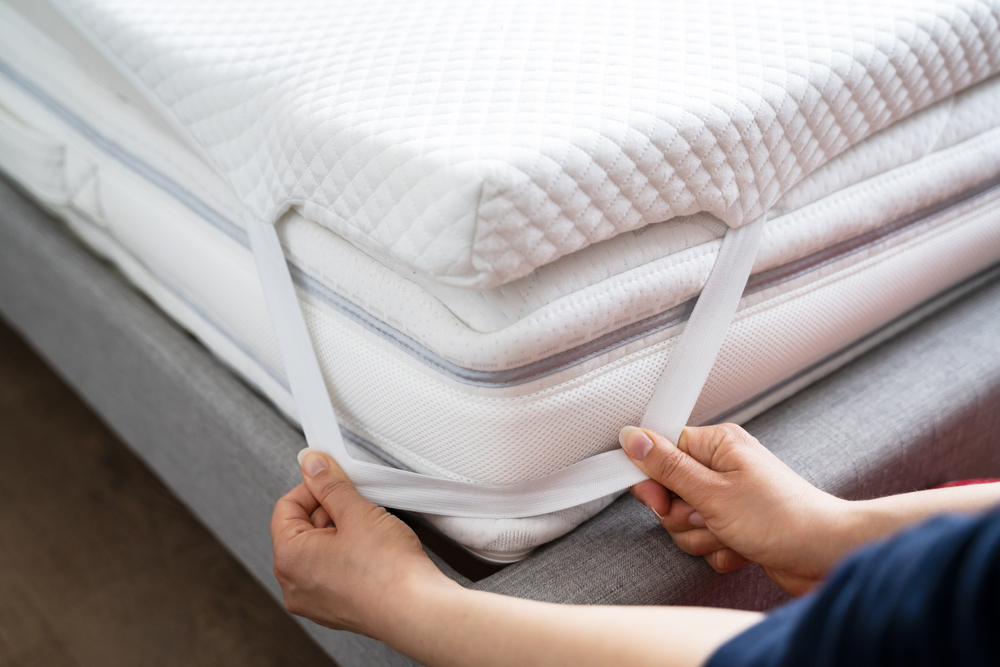



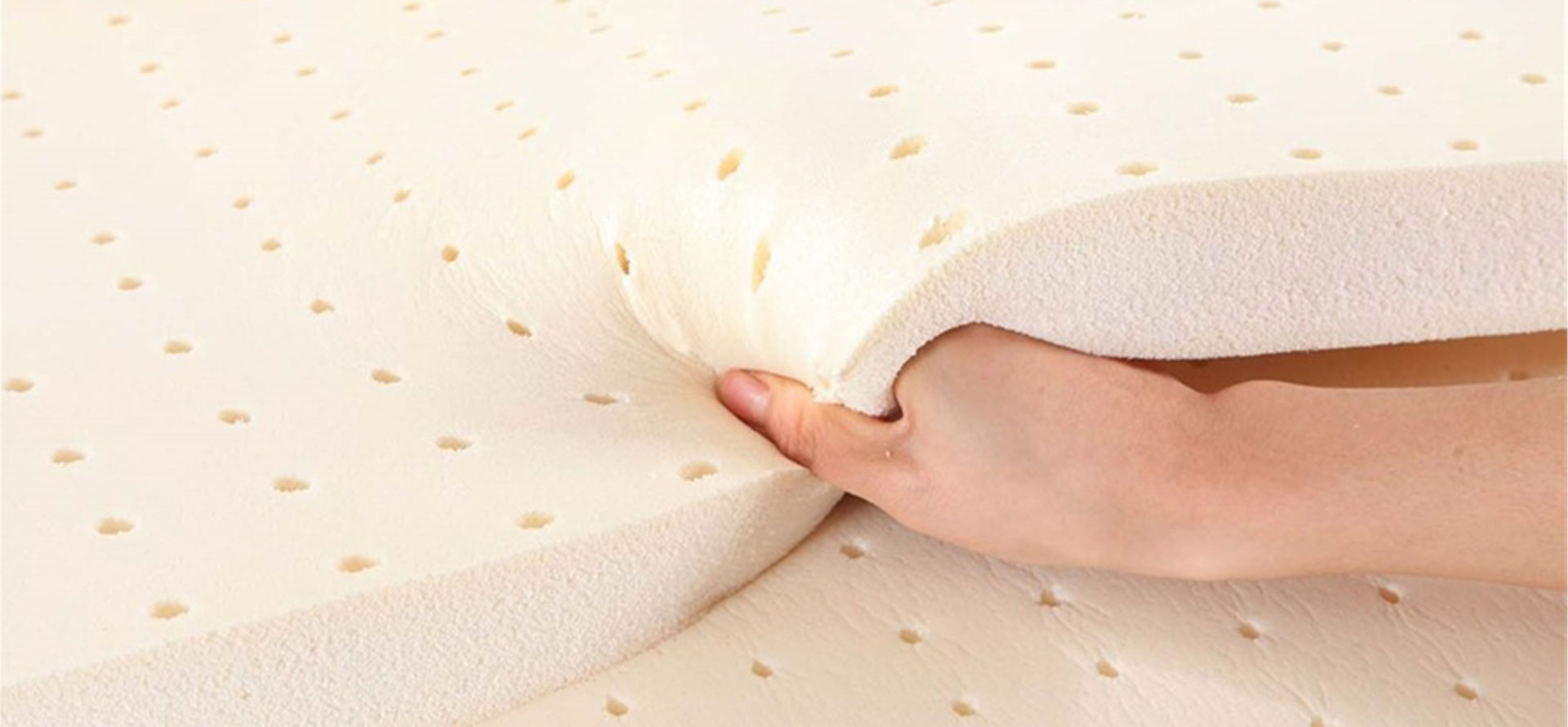

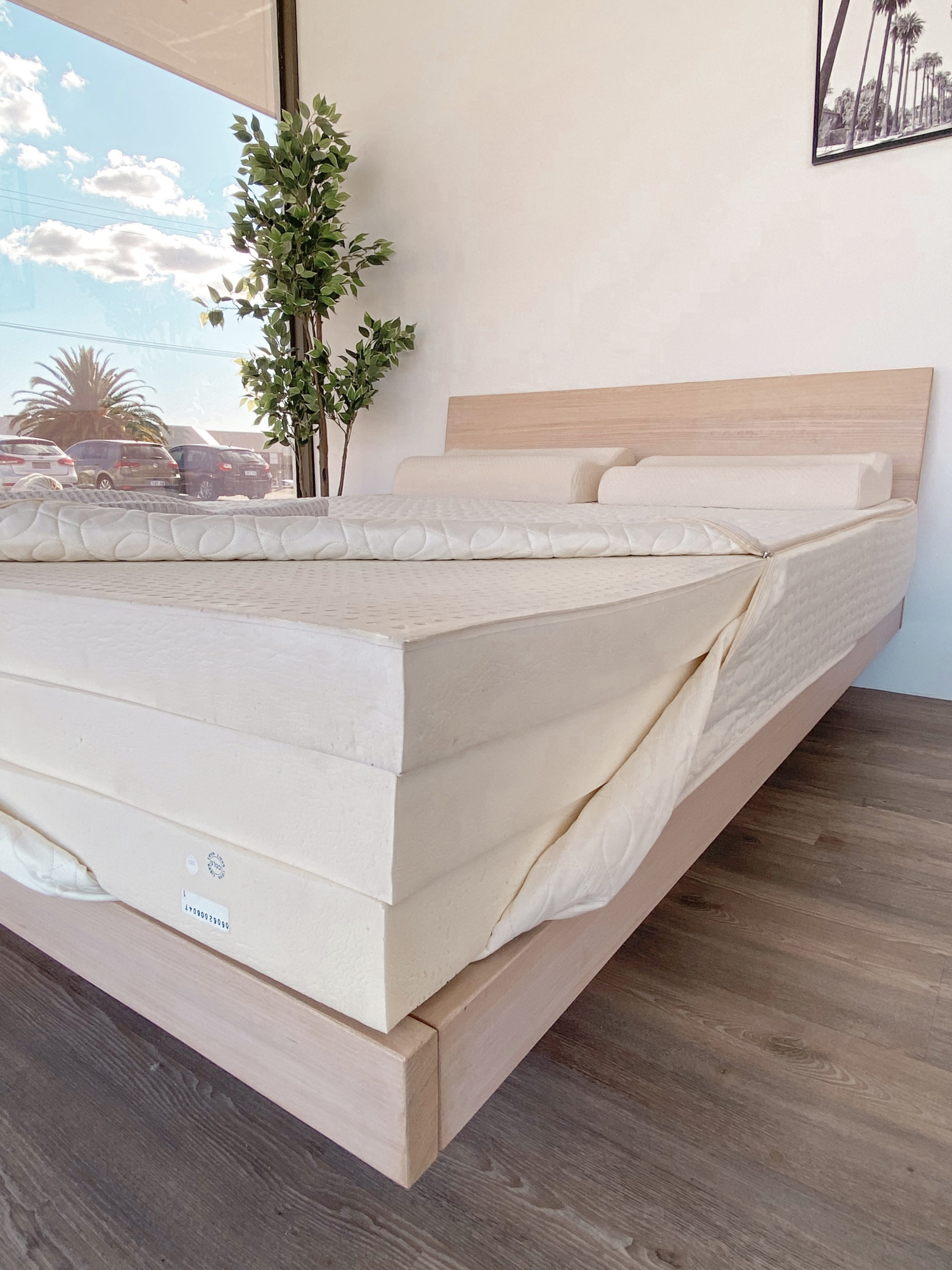

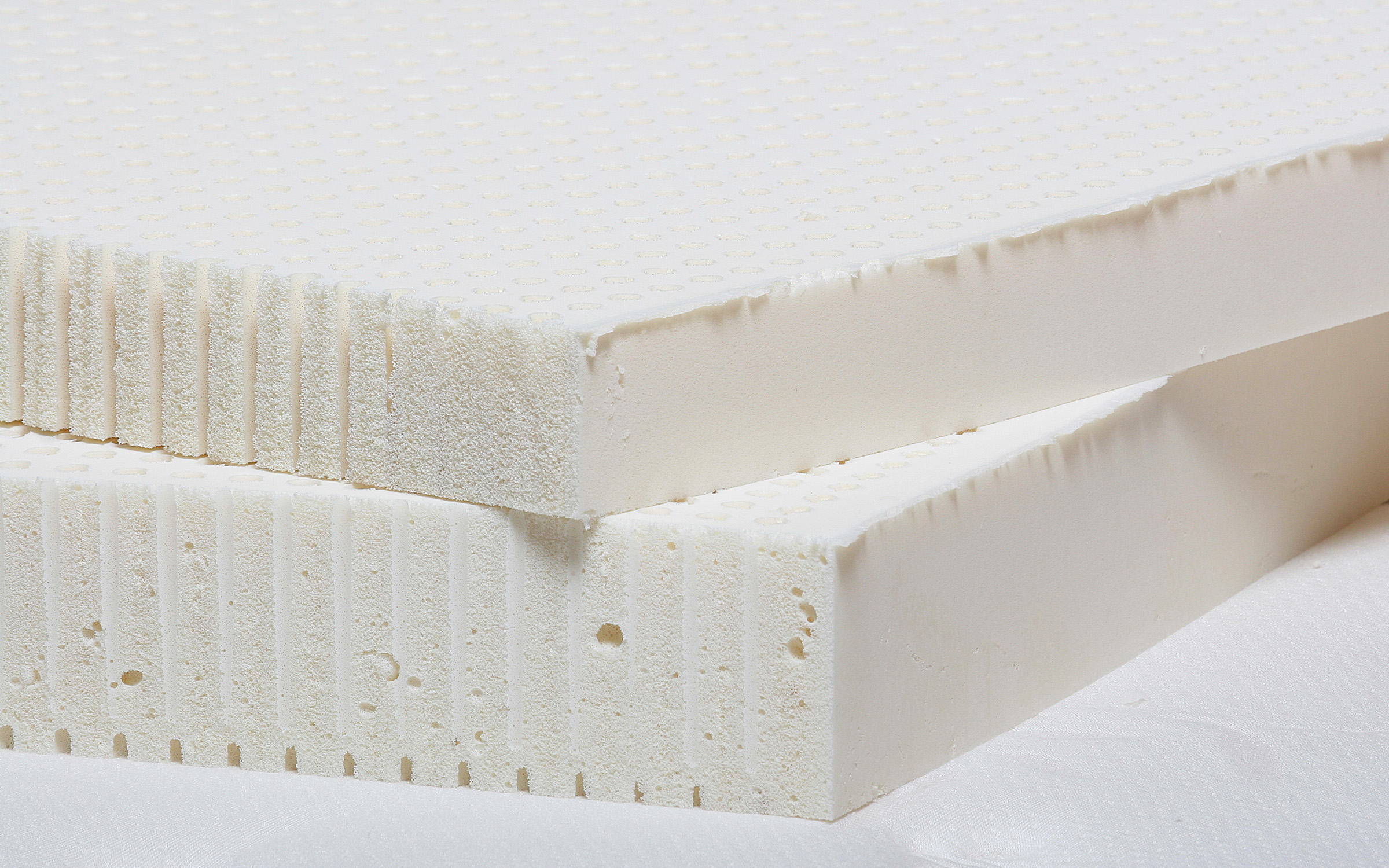
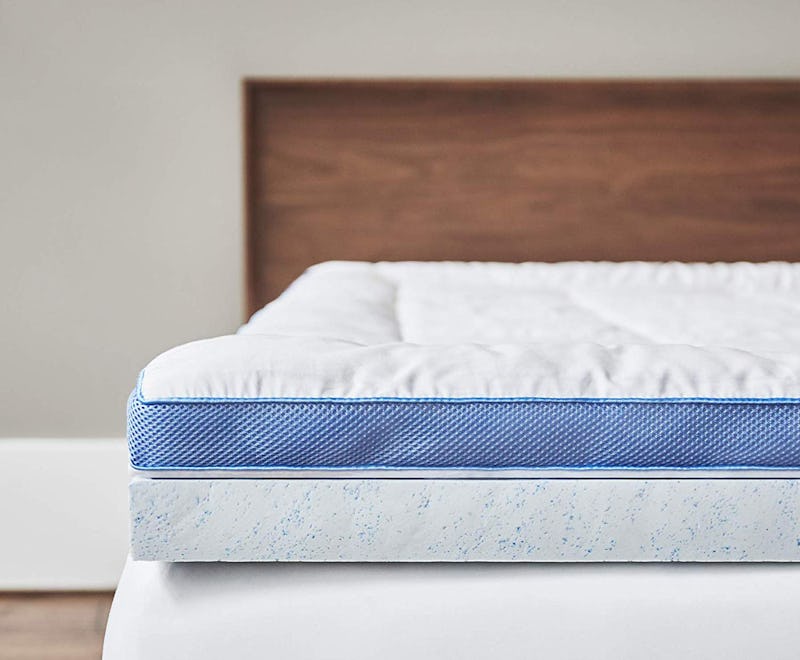

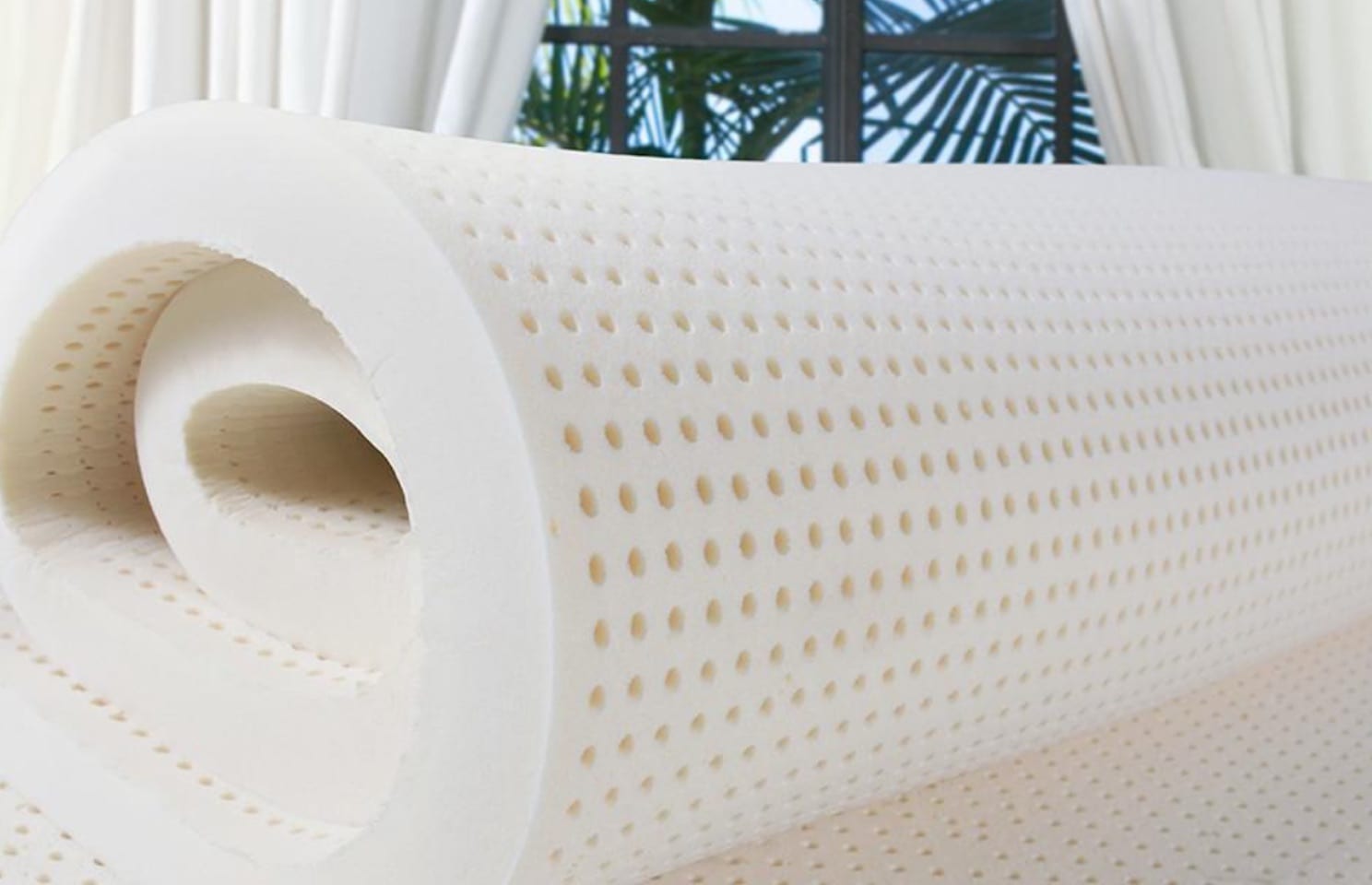




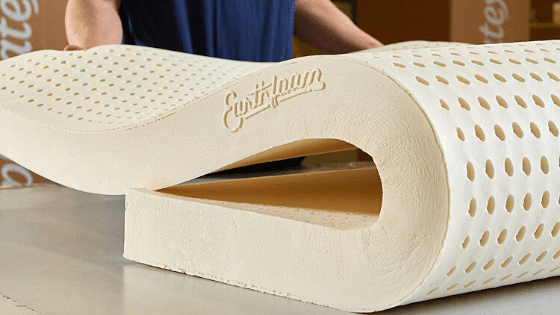
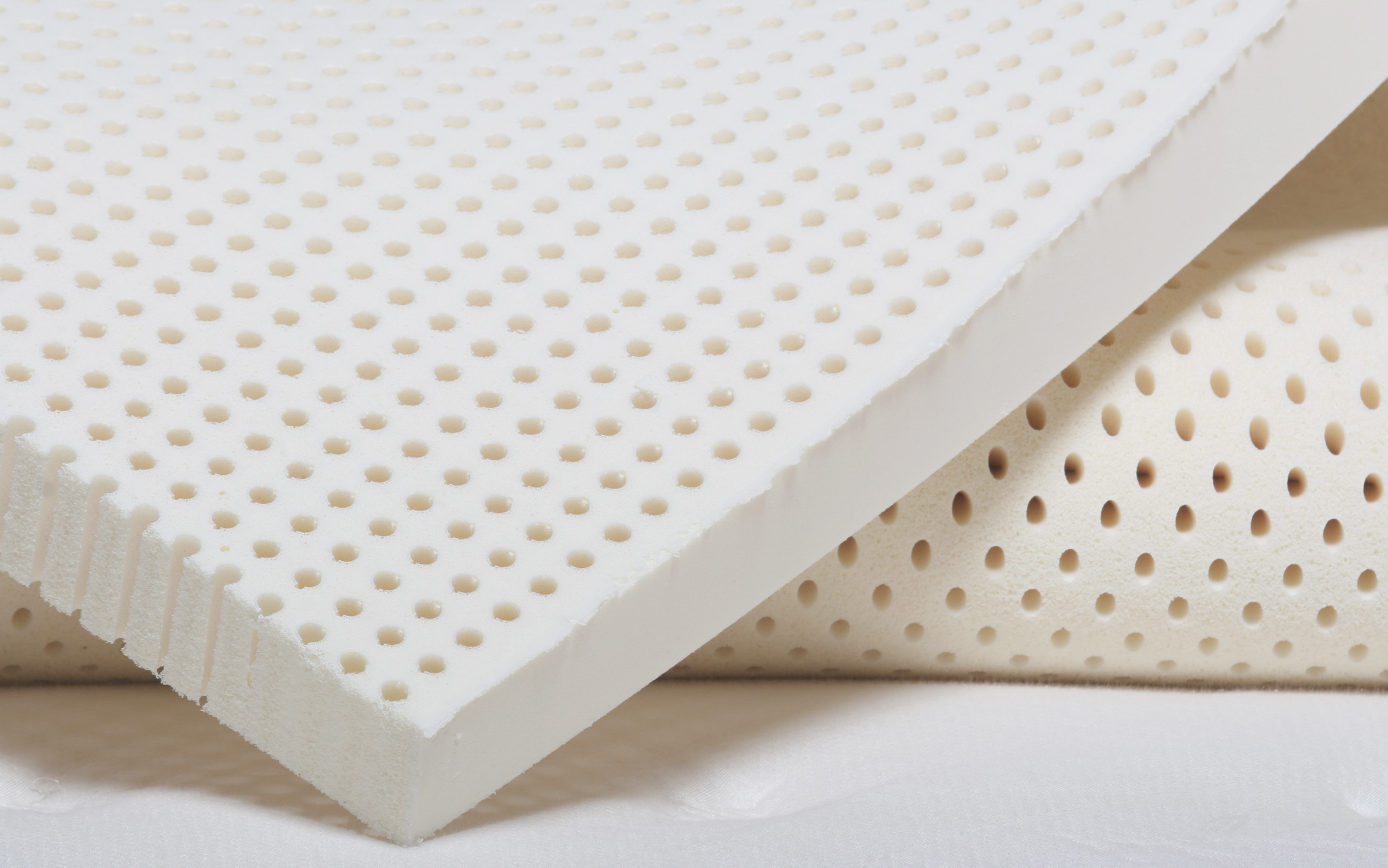

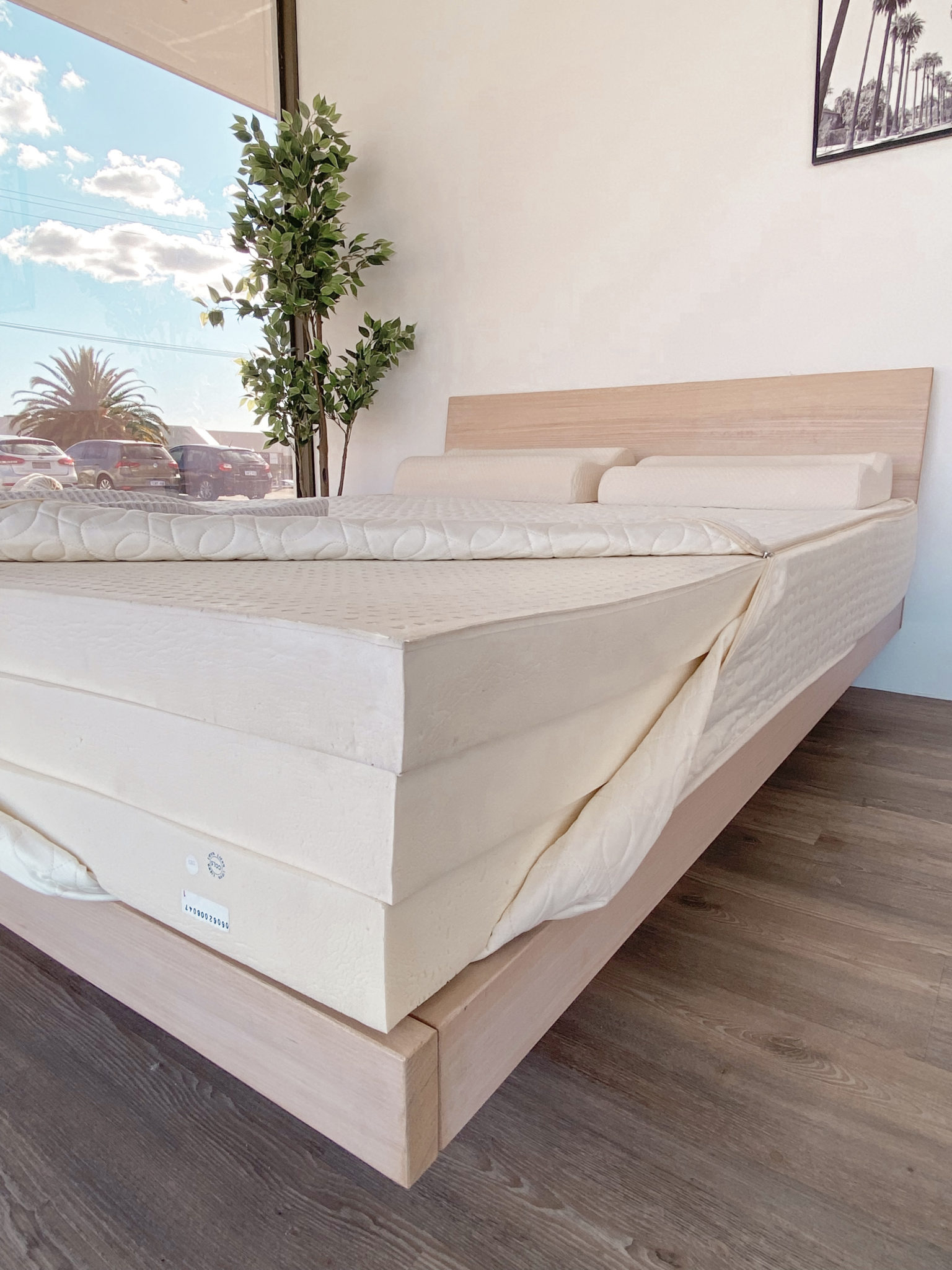

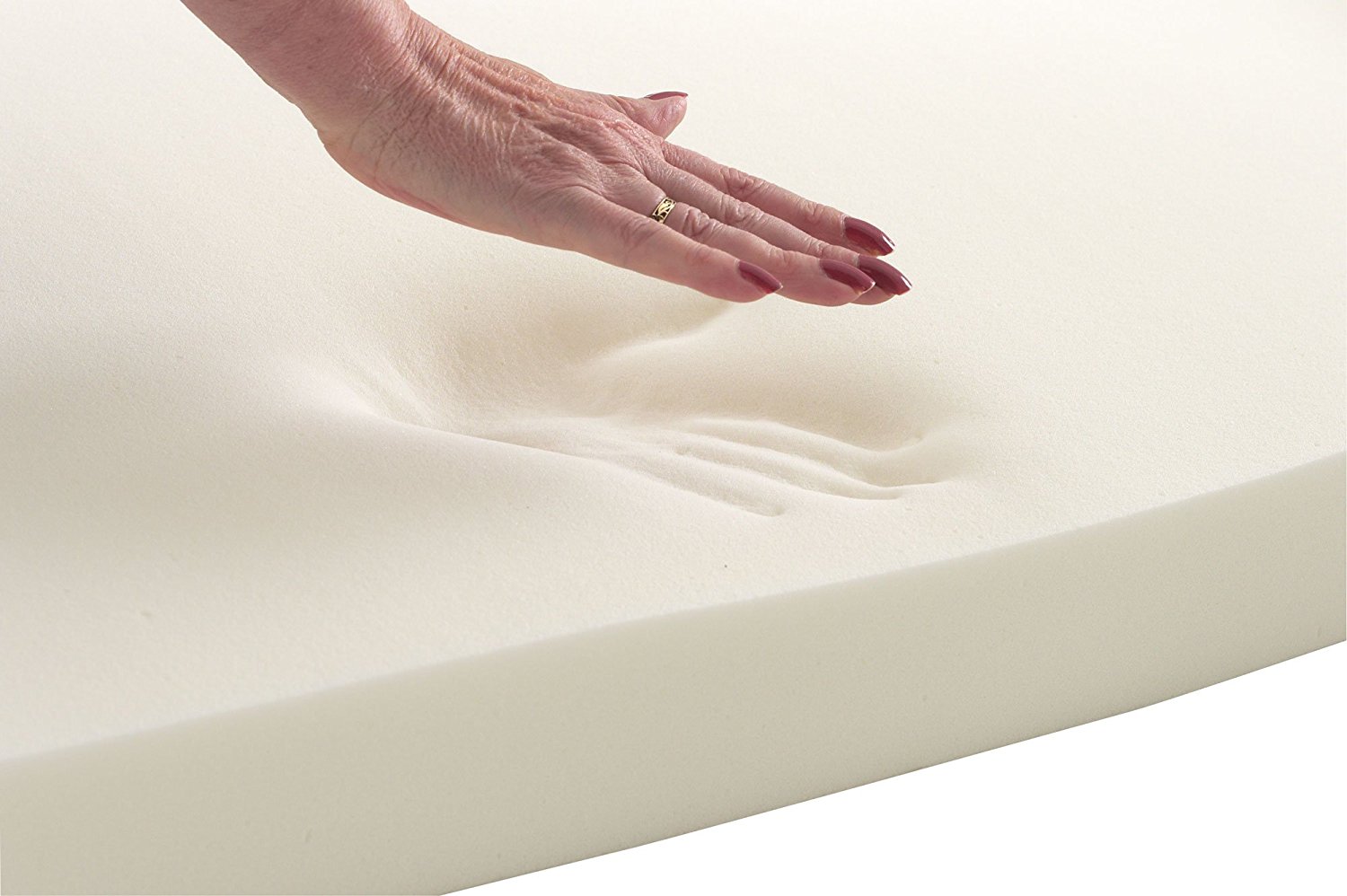

:max_bytes(150000):strip_icc()/SleeponLatex-b287d38f89374e4685ab0522b2fe1929.jpeg)
